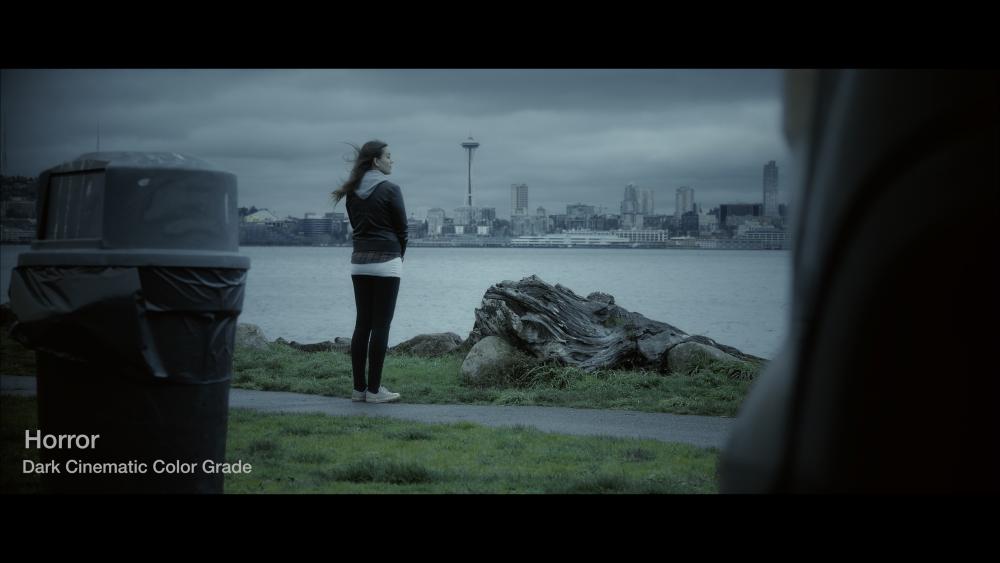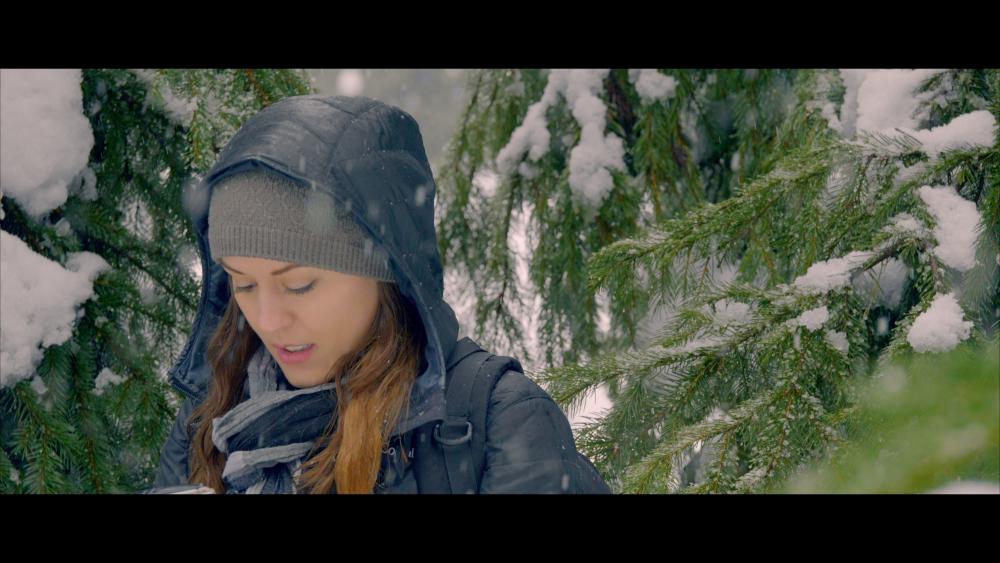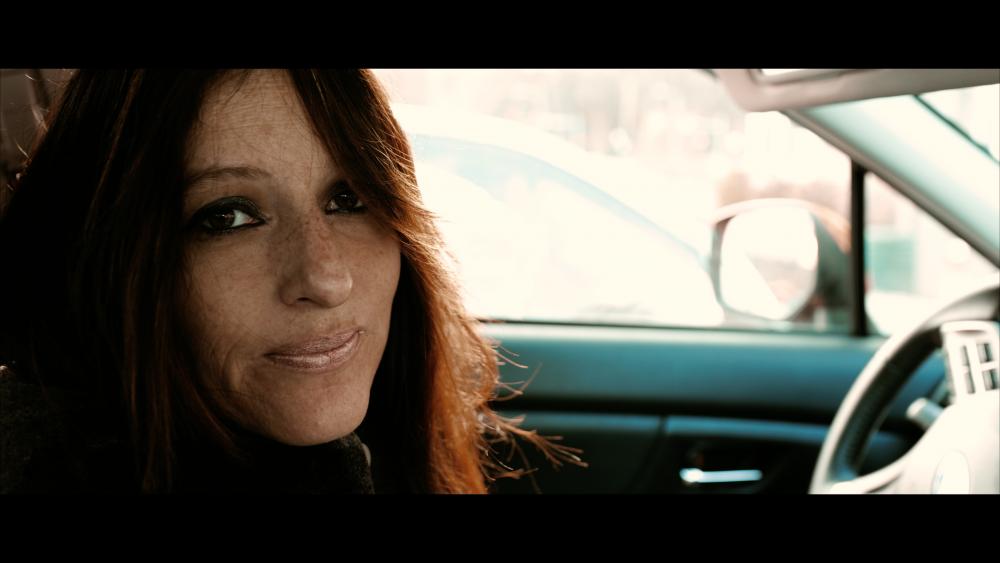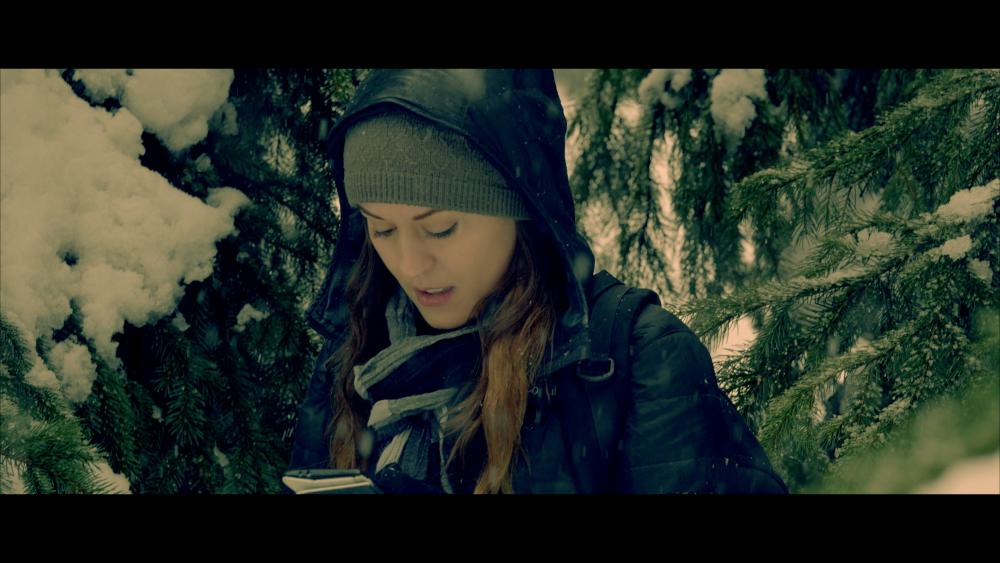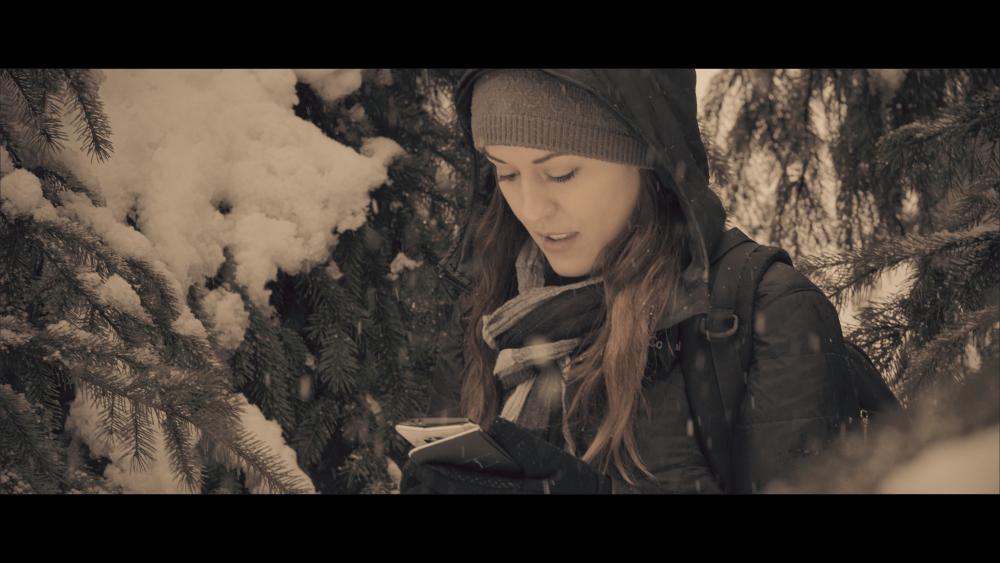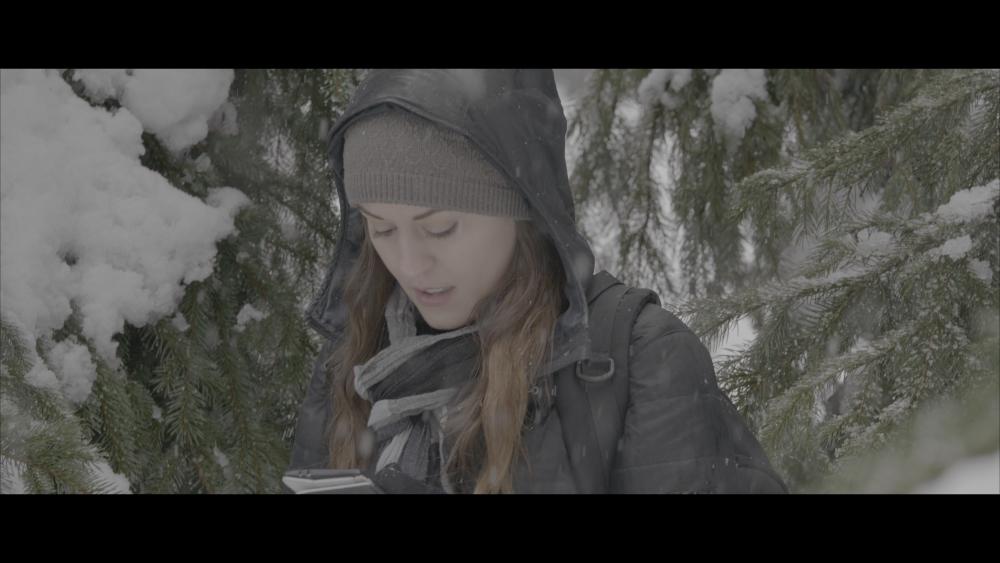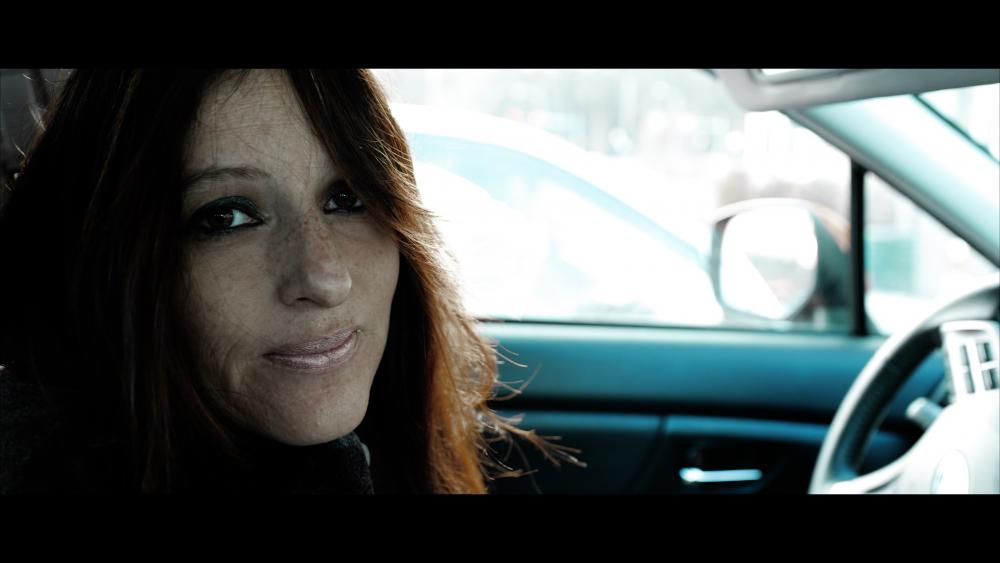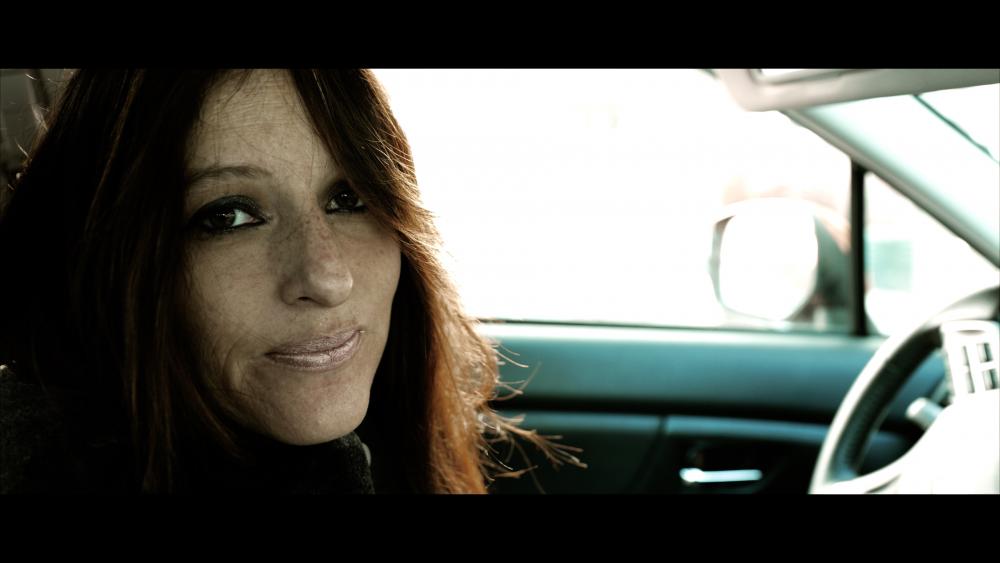-
Posts
2,520 -
Joined
-
Last visited
Content Type
Profiles
Forums
Articles
Everything posted by DBounce
-
Frame rate is a big factor also. 30p and 60p look very different than the classic motion blur associated with cinema. Lighting and camera movement as well as framing are also biggies.
-
Like I said before I owned both. Side by side the Canon blows the Sony away. It's footage stands up to post much better. Straight out of camera feels more organic. Comparing these two outside of size and resolution is pointless. Don't take my word for it. Use both for a month... Then you will understand.
-
To my eyes slow-mo tends to look cinematic by default. But if the OP is speaking about dropping frames to convert to 24p... then yes, I believe you are correct that motion blur will look at bit off.
-
Honestly, the GH5 seems to bring much to the table. Of particular interest is the 6k anamorphic mode. Still, I am skeptical of the low light performance given the smaller sensor size. Additionally, the 4k 60p mode may be less useful due to lack of 10 bit and the many comments about needing to capture color in camera if not recording in 10 bit. The IBIS is clearly a good thing. The flip out lcd view screen is another plus. It's a very interesting camera. I guess a large part of it come down to what you plan on shooting. Will you spring for the anamorphic lenses? If so it becomes a more appealing preposition. If not... and assuming you have the budget, then the Canon with it's DPAF will likely be better long-term. I personally feel more comfortable investing in Canon glass than in M43. I am kicking around the idea of picking a GH5 up. For me the compelling feature in the thought of finally being able to have some nice anamorphic shoots. But will these shot be in 10 bit? I seem to recall some saying that mode may be 8 bit? I will wait to see more footage before making any commitments. I think if money is an issue, then the GH5 seems to be the best choice. It is rich in video features. The image so far looks quite good. And it offers good versatility. The Canon is the clear choice of any action type shooting. The DPAF makes it easy to get focus under challenging conditions, and that can make for faster takes when recording video. In the end you might want to give both a try and then see which suits your needs best.
-

Opinion - DXOMark's camera scoring makes ZERO sense!
DBounce replied to Andrew Reid's topic in Cameras
I also feel that unless shooting charts is your thing, these test are not so relevant. But as a tool to tell your story, we'll what's not to love about the Red's image? Barring physical or practical restrictions I would pick the Red all day long. And that's even assuming the same price. -
Comparing NX1, A7R2 and 1DXMkII... I rank them as follows: Canon... Sony... Samsung. They are all great camera, but I prefer low light on the Canon. The noise is more organic. The Sony rules for resolution. The Samsung had the best UI. Video performance: the Sony always felt a bit videoish to me. Regardless what processing I would do. The image was also more fragile than the Canon in post. The NX1 seemed to lack DR. The Canon files are the most flexible. I would have loved to see a NX1MkII... I think a lot of potential was there. The 16-50s lens was wonderful. I loved my Sony, but the Canon is in another league. I can not recall a time where I looked at an image coming out of my 1DXMkII and thought it didn't look great. By right any one of these cameras are good enough for the work most people will do. If you have the means the Canon is an attractive choice. The A7R3 will likely be out soon, so if Sony is your poison... you might want to wait. The Samsung only makes sense if you can find a really good deal. I don't see myself parting with my Canon any time soon... It's an epic camera.
-
Here's a test grade with different moods... GH5_Test_Grade.mov
-
Color grading is supposed to be an art-form... not an equation. Grade to suite your story. To that point, everything that is done in the creation is there to support the story. From color grading, camera angles/movement, lens selection, background music, lighting, costume to selection of location and talent. All of it. Story telling is not science it is art. When your choices fail to support the story, that is when you fail as a filmmaker. I can say while many choose to grade these scenes as light hearted, and technically correct (read boring) I as did other choose to see them as a canvas to make something much more stylized (read interesting). I would be curious to see other attempts at grading these scenes for different genres: "SciFi", "Horror", "Drama". Because believe me they can't all look exactly the same.
-
I agree with what Faris says here. Personally, when I grade a project it's not for color accuracy, I could use just use a faithful picture profile, check my white balance, exposure and get accurate all day long with no need for grading. Rather, I grade for stylistic reasons. It's about supporting a story... if a grade is technically accurate but too cheerful, when the story is dark, then to my eyes the grade no good. It's an artistic choice. For this reason, when I look at a log profile, what I'm really looking for is how flexible it is in allowing for me to stray from the norm, before weird artifacting starts to ruin the footage. I like to think that getting a straight none stylized image that is representative of the actual image is not the purpose of log. By right, a normal image with correctly balanced colors is what a default standard color profile should do. And such an image, ideally should require no grading. For me the power of log is bending a twisting the look and feel of an image to suite the artistic requirement.
-
Well of course I could do something more traditional. However, the idea was to see how extreme I could push the image before all hell broke loose. More everyday looks are easy enough to just bake in. But if you insist...
-
Just spent a little time comparing the footage from the new GH5 to that of my 1DXMk2. The GH5 footage in the footage certainly seems to be very versatile. I would give it the nod as far as ability to push it in post over that of the Canon. In that it does seem I can get away with a much more ham fisted approach as opposed to my 1DXMk2. That said the footage from the Canon still seem to look very good to my eyes. I am thinking I might pick up the Panasonic as a B-cam. It would be interesting to see what it can do in low-light or indoors, under less than ideal lighting conditions. Below are a few frame grabs from both cameras. BTW: I processed the footage in FCPX 10.3. The experience went very smooth. Original GH5 frame Original Canon 1DXMk2 frame
-
I'm really liking what I'm seeing from the GH5 so far. Curious how battery life, AF, and low light will perform. Don't see it as a replacement for my 1DXMk2, but I could definitely see where it could be handy. Need to see more footage... But so far it's looking pretty good.
-
That thing is ridiculous... What's the point to adding all that bulk if you're not also adding battery?
-
Well sorry to hear about all these problems... Can't say I'm experiencing any such problems with my 2016 MBP. Everything so far is going pretty smooth. I did take note that the touch bar is not customizable in FCPX... something I was disappointed to learn. But there have really been no show stopper as of yet.
-
Use something with two handgrips. While not heavy by itself, you will exhaust your wrist quickly with most single handed gimbal. Especially if you are using the 16-50s lens.
-
Many here complain about lack of ports. While I do somewhat agree, there are workaround... For example, using usb-c cables to replace your existing cables does away with the need for dongles. Or simply use a dock. Honestly, I don't miss the SD reader that much, as my serious camera uses CFast, not SD. So I was using an adapter anyway. So far, in my limited use with the new MBP, it's been great. One note... Do not waste money on the Apple USB-c to USB 3.0 adapter... It does not work correctly with devices that require fast data rates. I ordered a new one (different brand) on Amazon. I did transfer some 4k files from my 1DXMkII. QuickTime playback was much better than on my PC workstation. I then imported them in FCPX. Playback was smooth as silk. And everything was really fast. I'm really liking the new MBP.
-
UPS just delivered my new MacBook. I spent the last few hours installing all of my software unto it.... Adobe suite, FCPX, Motion, Office and my IDE. Have not had time to put it through its paces as of yet, but that will happen in the coming days. It came with the latest version of Mac OS pre-installed.
-
Software optimization is a biggie. FCPX seems much faster than Adobe Premiere. If you are largely focused on complex special effects... That are beyond what can be achieved in Apple Motion, then the case for Windows may have some merit. Otherwise, not so much. People ramble on and on about specs... But what good are great specs if real world performance is worst. In the end all those great great specs will do is consume more power... Leading to reduced battery life.
-
You need to look beyond hardware specs alone.
-
Should have my custom spec'd MBP on Friday. Since I no longer have a MacBook I'll be happy to get one back as editing on Windows is really sloooowww.
-
Funny maybe, but funnier still when it come time to sell it used... it's then you understand that resales is far worst on the PC end. Additionally, for all its lofty specs, when compared head to head against the MacBook Pro running highly optimized FCPX vs the far greater spec'd Windows Laptop, you then understand that you are not just paying for hardware alone when purchasing the MacBook Pro. You are also paying for software that is designed to work efficiently with the hardware that it has. You also understand that if your laptop cannot run a particular Mac OS app, that there are millions of other users in the same boat. Therefore resources will be tasked with fixing the issue. And lets not forget customer service, and the peace of mind that comes with the knowledge that you will be able to take your laptop to the local Apple store should a problem arise. This is important not only to inexperienced users... but also to professionals. I myself hold more than twenty four technical certifications... and work as a software engineer. But still appreciate good customer service. I have used both systems extensively. Adobe Creative Suite CC, Da Vinci Resolve, and FCPX. When I want to put out a project quickly. And do not need a ton of special effects... I just do it in FCP. Works for 95% of what I do, and I would hazard a guess that the same holds true for most of the folks out there that are editing video. Granted, if you are working in a pro setting with a multi-million dollar budget, then you are not representative of "most" users. For the rest of us, the MacBook Pro is more than sufficient to get the job done. Yes we could argue that it should have had 32GB of ram... nevertheless, if seems to work fine with only 16GB, so is there really a problem? And certainly, we all miss the SD card slot. But there are easy dongle free work-arounds... like plugging your camera into the USB port. When thinking about the MacBook you need to consider the overall package. Not just hardware. There have been reports of issues, but I remain confident that those issues will be addressed. I would not feel so confident with a Razor or Dell product. Which is why I returned my Dell workstation shortly after dropping $4500 on it. And the idea of handing over that kind of money to Razor... well let just say I do not have that sort of confidence in them... but YMMV.
-
Like most here I would keep my EF glass. Sony's AF is nothing that you will want to rely upon in a pro video setting, so you will be manual focusing the fly by wire Sony lenses. I personally find MF on Sony lenses to be somewhat less than ideal. So much so, that I opted buy a complete set of Sony compatible manual glass in addition to my AF lenses. The Canon lenses on the other hand are much better when used manually. So there is little need to also own a similar manual version. As for the argument that the rest of your setup is more "cinematic", well perhaps the BM is... though I do find the BM look to be somewhat muted... which is the biggest reason I left that system. As far as the Sony, I always found them to produce very videoish results... regardless of lighting and camera movement etc... In the end what is cinematic is very subjective, so ymmv.
-
Well for the previously posted video that compares the image stabilization of the Sony A6500 to the Olympus EM1Mk2... notice the trees on the upper left hand corner of the frame. Notice that while the EM1MK2 is clearly more stable the Sony maintains far superior detail in the shadows. Both images seemed exposed similarly. That's just one example. You don't have to dig very far to find other. Just about every video I have seen from the EM1Mk2 seems to exhibit lack of shadow detail.



